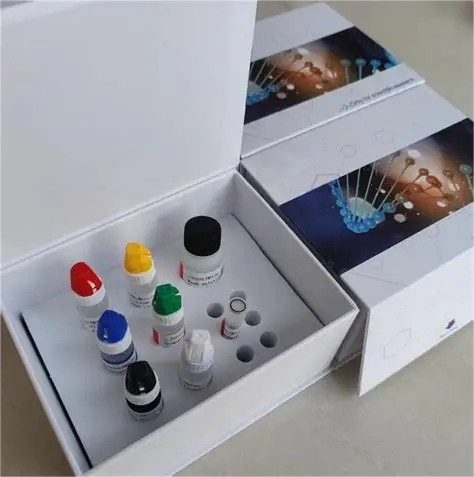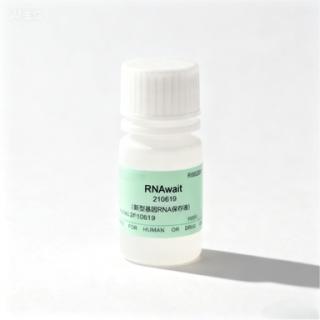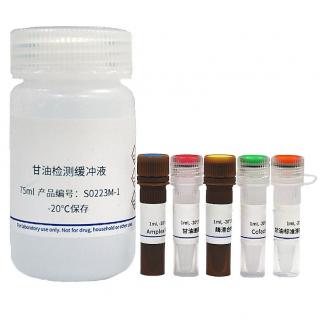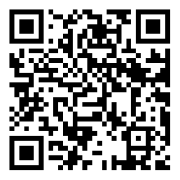Universal Dye-Based Fluorescent Quantitative PCR Kit for Malaria Parasites
Product Number:KB6316
English Name:Plasmodium spp
This company's product is for scientific research use only and must not be used for clinical diagnosis!
Universal Dye-Based Quantitative PCR Kit for Malaria Parasites [Intended Use]
This product is a kit specifically developed for the detection of malaria parasites based on dye-based quantitative PCR technology.
【Test Principle】
This kit is ready-to-use. Users only need to provide sample DNA templates. The primers are optimized for high sensitivity,
achieving an analytical sensitivity of 100 copies/ reaction. A positive control is provided to facilitate distinguishing false-negative samples.
High specificity is ensured as primers are designed based on highly conserved regions of the target, preventing cross-reaction with DNA from other organisms.
This product yields sufficient volume for 50 runs of 20μL dye-based quantitative PCR reactions, suitable for both qualitative and quantitative applications.
When used for quantification, the linear range spans at least five orders of magnitude.
【Reagent Composition】
Product Name | Specifications |
2×SYBR qPCR MasterMix | 0.5mL×1Tube |
Fluorescent PCR Template Diluent | 1mL×1 Tube |
Ultrapure Water | 1mL×1 Tube |
Dye-based qPCR Primer Mix | 100μL×1 Tube |
qPCR Positive Control (1×10⁷ copies/μL) | 50μL ×1 |
Plasmodium Universal Dye-Based Real-Time PCR Kit [Transportation and Storage]
Transport at low temperature, store at -20℃, shelf life is 12 months.
[Required Reagents]
Sample DNA.
[Compatible Instruments]
ABI, Agilent MX3000P/3005P, LightCycler, Bio-Rad, eppendorf, and other series of real-time PCR instruments.
【Instructions for Use】
Reagent Preparation (Reagent Preparation Area)
Dilute the standard curve sample (using 6 tenfold dilutions from 10E1 to 10E6 copies/μL as examples).
Because the standard concentration is very high, the following dilution operations must be performed in a separate area to avoid contaminating the sample or other components of this kit. To increase product stability and avoid spreading infectious pathogens, this product does not provide a live sample as a positive control; only a non-infectious DNA fragment is provided as a positive control.
1. Label six centrifuge tubes as 6, 5, 4, 3, 2, and 1.
2. Add 45 μL of fluorescent PCR template diluent to each tube using a pipette tip (preferably with a tip).
3. Add 5 μL of a 1×10E7 copy/μL positive control (provided in the kit) to tube 6, vortex thoroughly for 1 minute to obtain a standard curve sample of 1×10E6 copy/μL. Keep on ice.
4. Using a different pipette tip, add 5 μL of the 1×10E6 copy/μL positive control (obtained from the previous dilution) to tube 5, vortex thoroughly for 1 minute to obtain a standard curve sample of 1×10E5 copy/μL. Keep on ice.
5. Change the pipette tip and add 5 μL of the 1×10E5 copy/μL positive control (obtained from the previous dilution) to tube #4. Shake thoroughly for 1 minute to obtain a standard curve sample of 1×10E4 copy/μL. Place on ice until needed.
6. Repeat the above steps until you obtain standard curve samples at 6 dilutions. Place on ice until needed.
Sample Processing (Sample Processing Area)
2.1 If there are N samples, it is best to set up N+2 extractions, with one extra being the PC (positive control) and one being the NC (negative control).
You can use 10 μL of the fourth dilution buffer (1×10E4 copies/μL) obtained in step 6, plus a certain amount of water to make the total volume
the same as the starting sample volume required by the nucleic acid purification kit; this can be used as the PC. Water can be used as the NC.
2.2 Nucleic Acid Extraction: Nucleic acid extraction can be performed using the company's nucleic acid extraction or purification reagents, following the instructions.
3. Dye-based qPCR Reaction (20 μL system, performed in the sample preparation room)
3.1 If performing quantitative analysis with only one replicate, label N+9 PCR tubes: N+2 for the N+2 samples obtained in the previous step,
1 for the PCR negative control (using water as a template), and 6 for the standard curve. If performing qualitative analysis with only one replicate,
label N+4 PCR tubes: N+2 for the N+2 samples obtained in the previous step, 1 for the PCR negative control (using water as a template), and 1
for the PCR positive control (using the positive control dilution from tube 4 in step 6 as a template). The following description uses quantitative analysis as an example.
Add the components to the labeled tubes according to the table below (this table only lists one replicate. The positive control should be added after the sample tubes and negative control are set up, and the positive control sample should be added last after all tubes are capped and stored):
Ingredients | Sample Tubes | PCR Negative | Standard Curve |
2×SYBR qPCR | N+2 个 | Control Tube | Sample Tubes(1-6 Tube) |
MasterMix | 10μL | 10μL | 10μL each |
Dye-based qPCR Primer Mix | 2μL | 2μL | 2μL each |
N+2 DNA Templates to be Tested | 8μL | - | - |
Ultrapure Water | - | 8μL | - |
8 μL of each of the standard curve sample dilution buffers obtained in step 6 (sample 2 into tube 2, sample 3 into tube 3, etc.)
After capping, connect to the PCR machine and perform PCR according to the following parameters:
Process | Temperature | Time |
Pre-denaturation | 95℃ | 5 Minutes |
PCR Reaction (35 cycles) | 95℃ | 10 S |
60℃ | 40 seconds (acquiring fluorescence signal in the SYBR channel) | |
Dissolution Curve Analysis |
|
Note: Do not exceed 35 cycles. Plasmodium Universal Dye Quantitative PCR Kit [Result Interpretation] Invalid data are excluded based on melting curve analysis. Samples with Ct values but Tm values different from the positive control Tm
(including control and test samples) are considered false positives and are invalid, and will not be analyzed. Data with Tm values matching the positive control Tm are considered valid Ct values.
If the Tm values obtained from the melting curves of the two negative controls are the same as the Tm value of the positive control,
it indicates that the environment or reagents may be contaminated with past PCR amplification products. In this case, the experiment is invalid,
and the contamination issue needs to be resolved before proceeding.
If the two negative controls (sample preparation negative control and PCR negative control) are false positives, other valid sample data can be analyzed further.
For quantitative detection, a standard curve is plotted with the log value of the positive control sample concentration on the x-axis and the effective Ct value on the y-axis.
The log value of the sample DNA concentration is then calculated from the standard curve using the effective Ct value of the test sample, and the DNA concentration
of the test sample is then calculated.
For qualitative detection, a valid Ct value indicates a positive result, and no valid Ct value indicates a negative result.
【Precautions】 1. Strictly separate areas should be used for each stage of the PCR procedure to avoid cross-contamination. 2. Components must not be interchanged with corresponding components from other products or different batches. 3. Samples not to be tested immediately should be stored at -20℃ or -70℃. 4. Sample handling should be strictly performed in accordance with biosafety protocols. 5. PCR operators should be experienced and professionally trained. 6. This kit is for research use only and is not intended for clinical diagnostic use.




 sales
sales